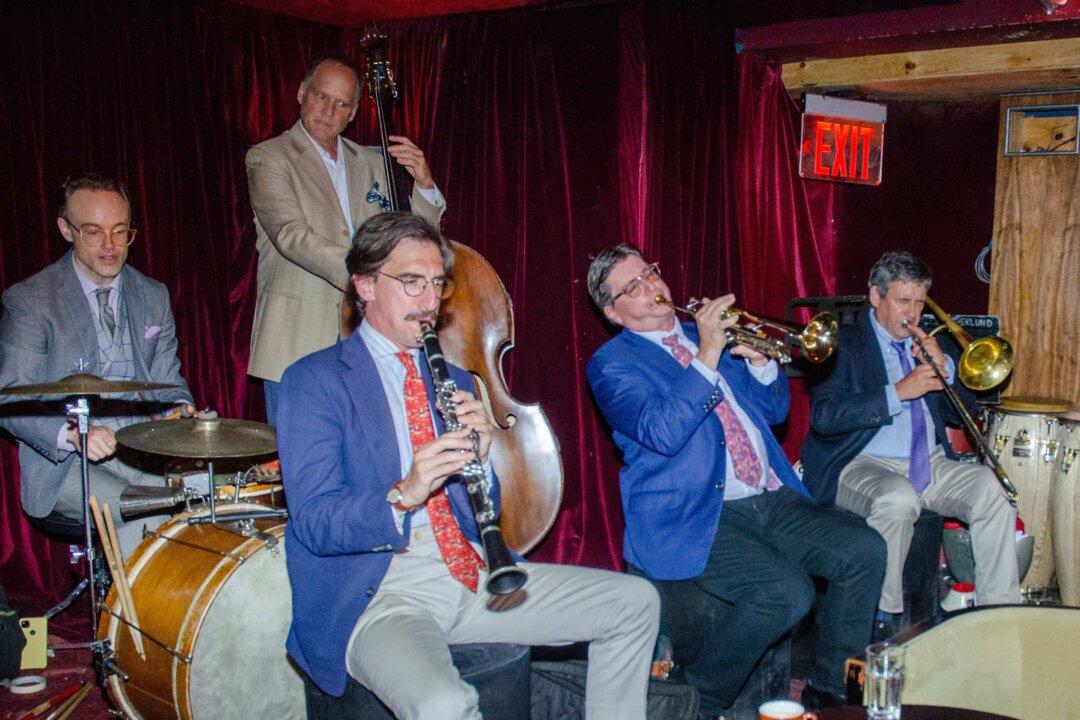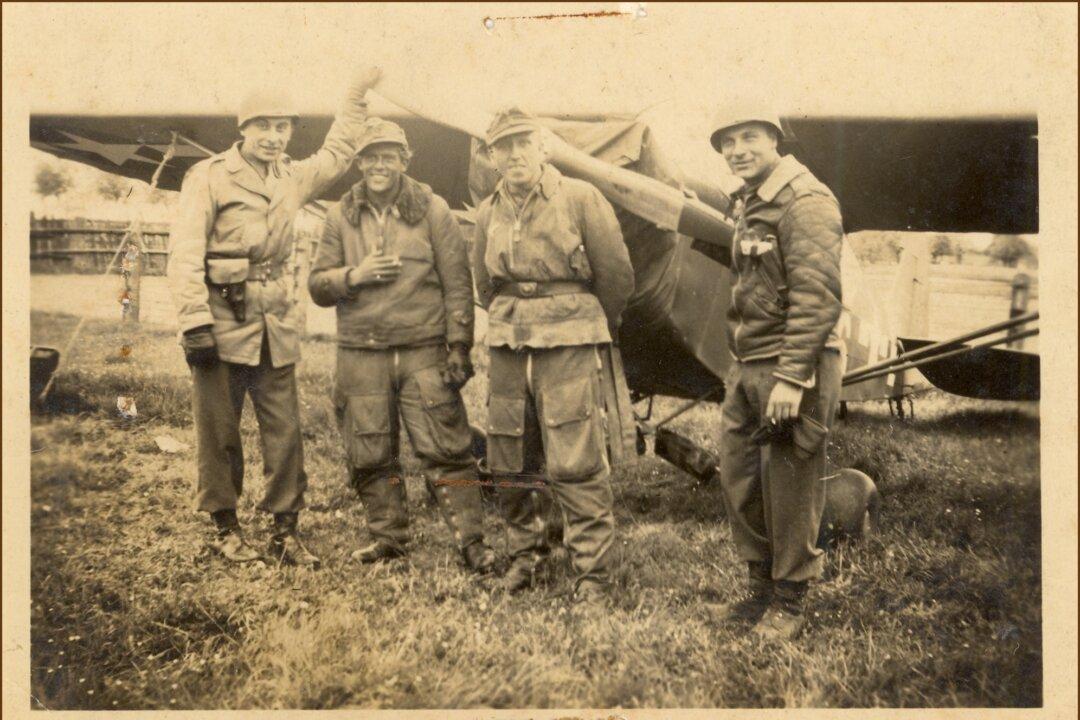There are good dogs, there are bad dogs, and then there are hero dogs. The lives of deceased hero dogs are celebrated at the nation’s oldest pet cemetery in Hartsdale, New York, just north of New York City.
When one hears the words “pet cemetery,” it’s hard not to conjure up visions from the Stephen King horror movie of the same name. But at Hartsdale Pet Cemetery, there’s no horror but a lot of love in the form of monuments erected in memory of the animals that served mankind for the past five generations.





